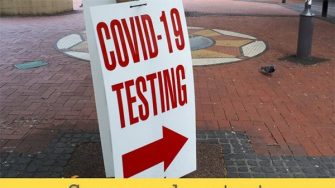Engage and empower: ensuring culturally diverse communities aren’t left behind on the road out of COVID
Clear recommendations for improving public health communications with culturally diverse communities emerged from a recent online forum hosted by researchers at the School of Population Health, UNSW Sydney.

